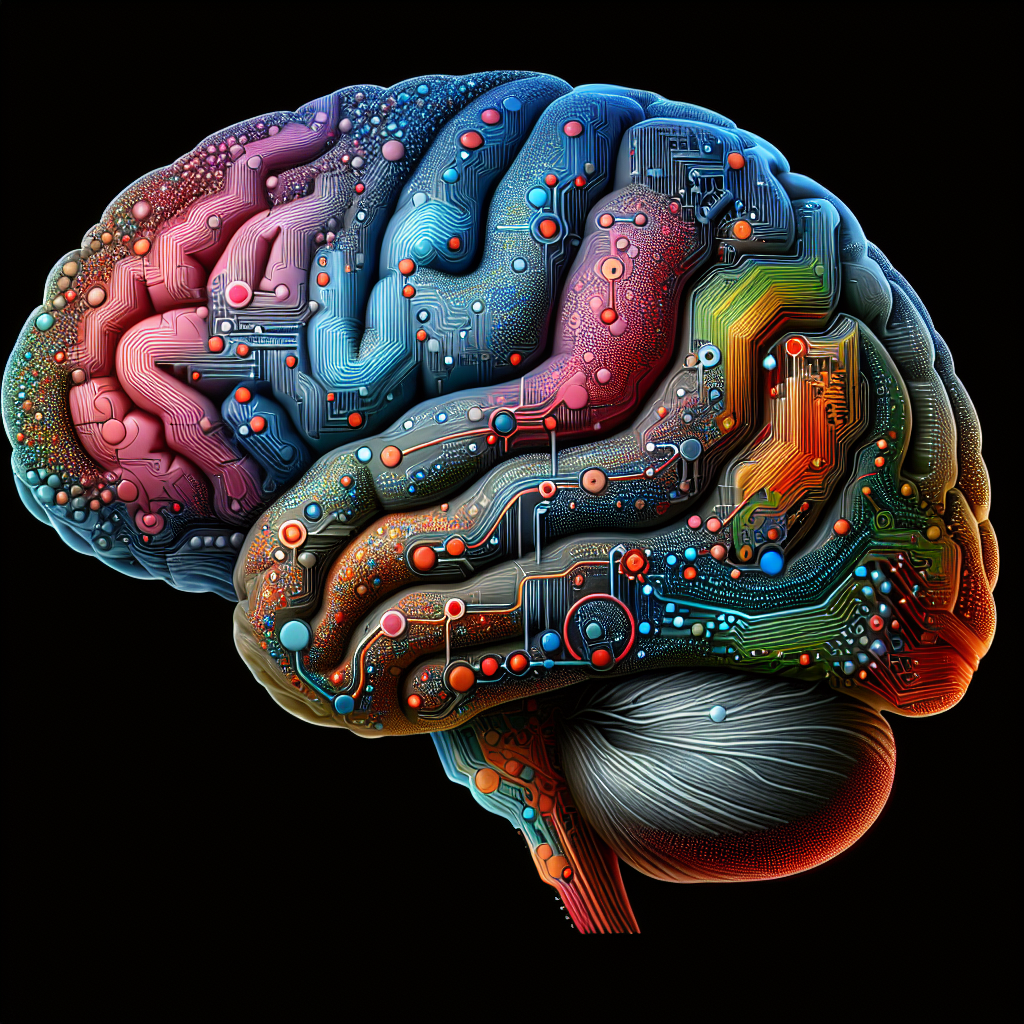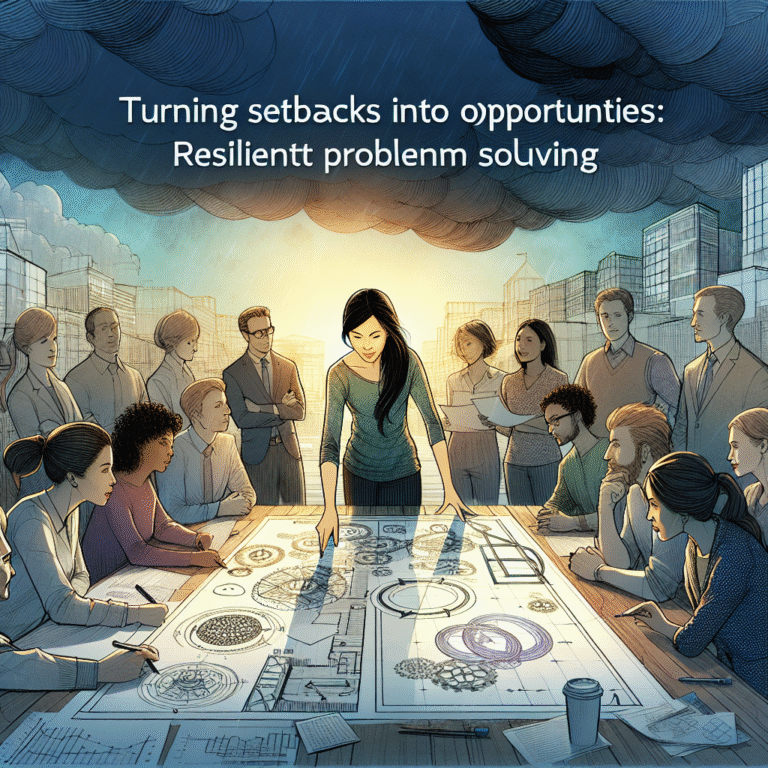
Introduction
Imagine a world where we can decode thoughts, understand emotions, and predict behaviors by merely observing brain activity. This is not the distant future; it is happening today, thanks to Functional MRI: Bridging the Gap Between Mind and Machine. Functional Magnetic Resonance Imaging (fMRI) has revolutionized our understanding of the human brain, allowing us to visualize brain activity in real time. This technology serves as a bridge between the biological intricacies of our minds and the external machines and devices we interact with daily.
As mental health challenges become more prevalent, and as the intersection of neuroscience, artificial intelligence, and technology continues to evolve, understanding fMRI becomes critical. Read on as we delve deeper into this fascinating technology—its applications, case studies of success, and future implications.
Understanding Functional MRI
What is Functional MRI?
Functional MRI is a neuroimaging technique that measures and maps the brain’s activity through changes in blood flow. Unlike traditional MRI, which provides static images of brain structures, fMRI captures real-time data, focusing on dynamic brain functions. The key principle underlying fMRI is the Blood Oxygen Level Dependent (BOLD) contrast—when a specific area of the brain is active, it consumes more oxygen, leading to increased blood flow to that region.
How Does it Work?
The Science Behind fMRI
To grasp how fMRI serves as a bridge between mind and machine, let’s break down the scientific basics.
Neural Activity: When a brain region is activated, neurons consume more oxygen. This increased activity creates a localized drop in oxygen.
Blood Flow: The body reacts by directing more blood to the active region to replenish oxygen levels. This is where fMRI comes into play, detecting these variations.
- Image Formation: The fMRI scanner uses powerful magnets to detect changes in blood flow, translating them into visual images of brain activity during tasks or At rest.
Key Advantages of fMRI
Real-Time Monitoring: fMRI captures dynamic neural responses, enabling researchers to see how the brain functions during various tasks.
Non-Invasive: Unlike other imaging techniques, fMRI does not require injections of contrasting agents, making it safer for patients.
- High Spatial Resolution: It provides detailed maps of brain structures, capturing variations at millimeter resolution.
Case Studies Illustrating Applications of fMRI
Case Study 1: Understanding Depression
Background
Depression is a multifaceted mental health disorder that manifests differently in each individual.
fMRI Findings
A groundbreaking study utilized fMRI to observe the brains of participants diagnosed with major depressive disorder (MDD). The findings illustrated significant differences in the activity of the prefrontal cortex and limbic system compared to a control group.
Relevance
These insights have enabled physicians to tailor treatment plans based on the specific neural pathways involved in each patient’s depression, demonstrating how Functional MRI: Bridging the Gap Between Mind and Machine enhances personalized medicine.
Case Study 2: Mapping Memory
Background
Memory function is critical for daily decision-making, yet little is understood about the neural mechanisms behind it.
fMRI Findings
Researchers employed fMRI during memory-related tasks to identify brain regions activated during recollection. Notable results were observed in the hippocampus and surrounding areas.
Relevance
This understanding aids in designing interventions for memory impairments, such as those seen in Alzheimer’s disease. Again, we see how Functional MRI: Bridging the Gap Between Mind and Machine fosters innovation in neurodegenerative research.
Case Study 3: Understanding Addiction
Background
Addiction changes brain structure and function, making it a challenging problem to tackle.
fMRI Findings
Studies using fMRI showed that areas of the brain associated with impulse control and rewards, such as the ventral striatum, were often hyperactive in individuals with substance use disorders.
Relevance
Knowledge gained from fMRI studies has informed the development of effective rehabilitation programs. These programs target specific pathways in the brain to reduce cravings and promote recovery, showcasing the power of Functional MRI: Bridging the Gap Between Mind and Machine.
Table: Key Applications of fMRI in Medicine
| Application | Description | Benefits |
|---|---|---|
| Neuroscience Research | Study of brain functions and disorders | Detailed insights into brain activity |
| Mental Health Assessment | Understanding mood disorders | Tailored treatments based on neural data |
| Substance Abuse | Mapping addiction pathways | Informed rehabilitation strategies |
| Cognitive Function Studies | Understanding memory, language, and decision-making | Customized cognitive therapies |
The Future of fMRI: Enhancements and Innovations
Integration with Artificial Intelligence
The union of fMRI technology and AI stands to take this innovation a step further. Machine learning algorithms can analyze patterns in brain activity, predicting behaviors and conditions before symptoms manifest. This revolutionizes preemptive care and enhances our understanding of mental health conditions.
Portable fMRI Technology
Recent advancements aim to miniaturize fMRI machines, paving the way for portable versions without sacrificing quality. This development could increase accessibility, especially in rural settings where access to advanced healthcare is limited.
Therapeutic and Device Interfaces
Future possibilities also include the direct interfacing of fMRI data with brain-computer interfaces (BCIs), which will allow individuals to control devices through thought alone. This has profound implications for individuals with mobility impairments, offering them new avenues for independence.
Conclusion
Functional MRI: Bridging the Gap Between Mind and Machine stands as a testament to the remarkable advances in neuroscience. As we refine our tools for understanding the brain, we simultaneously open new avenues for treatment, innovation, and exploration. The examples provided highlight how this intersection is revolutionizing healthcare and pushing the boundaries of what we thought was possible.
For readers, this journey into the brain is not just academic; it holds the promise of practical solutions and enhanced quality of life. Let us continue to embrace this technology, staying informed and engaged as we bridge the gap between the mind and machines.
FAQs
1. What is the main purpose of fMRI?
The primary purpose of fMRI is to measure and visualize brain activity in real time, providing insights into how different brain regions function.
2. Is fMRI safe?
Yes, fMRI is a non-invasive procedure that does not involve harmful radiation, making it generally safe for most individuals.
3. Can fMRI detect mental health issues?
While fMRI helps researchers understand neural correlates of mental health issues, it is not a diagnostic tool on its own. It needs to be used alongside clinical assessments.
4. What are the limitations of fMRI?
Some limitations include its high cost, sensitivity to movement, and temporal resolution, which means it may not capture rapidly changing brain activity.
5. How does fMRI compare with other imaging techniques?
fMRI is unique in its ability to capture brain activity in real time, whereas other techniques, such as static MRI, provide only structural images without functional insights.
By continuing to explore Functional MRI: Bridging the Gap Between Mind and Machine, we tap into an extraordinary realm where science fiction becomes reality, propelling us toward a future teeming with possibilities.














